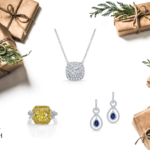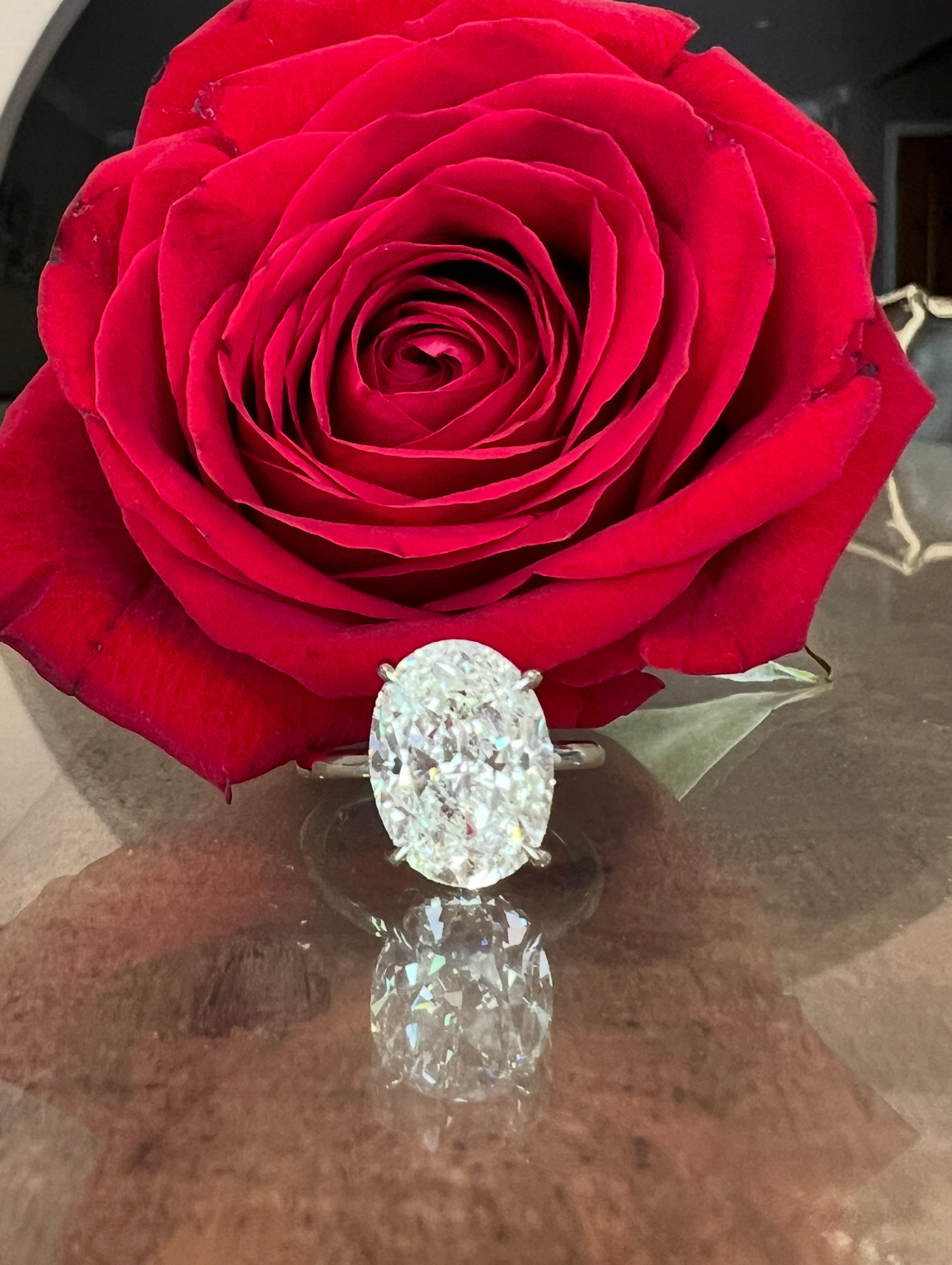
The 4 C’s Of Diamonds Explained
Many people have heard of the “4 C’s of diamonds.” You may have a vague idea of what each is all about, but is one more important than the next? What value does each ‘C’ bring to the overall quality of the diamond? Which should you never cut costs on, and which can you go a little cheaper on to save money? In this blog, we’ll cover it all, from carats to cut and everything in between!
Carat
Carat weight is one of the first things many people are concerned about when it comes to their diamond, along with the style. Carats are a way to measure the weight of a diamond. Carats are divided into 100 parts, so a 1 carat diamond can be further broken down into any weight from 1.00 to 1.99 carats.
Believe it or not, this isn’t always the best indicator of how much a diamond will cost, and certainly not the diamond quality. A diamond with a lower carat weight may cost more than one of higher weight, if the smaller diamond is of superior cut and color, for example.
Because carats measure weight, a diamond with a smaller carat weight can be made to seem as if it’s the same size as one that’s bigger with a shorter pavilion (so that more of the weight is concentrated in the crown). This is not ideal, however, as the cut of the diamond is extremely important to its overall look, as you’ll learn below.
Cut
Diamond cut is one of the hardest parts to judge from a certificate, yet it is arguably the most important of the 4 Cs. Contrary to what some may think, cut does not refer to the shape of the diamond (princess, pear, round, etc.) but to the proportions, polish, and symmetry of the diamond. These three qualities together result in the diamond’s brilliance, fire, and scintillation, explained in more detail below:
Brilliance: this refers to how white light enters through the diamond and reflects back from the surface and inside of the diamond.
Fire: this refers to the dispersion of light that enters the diamond into flashes of color.
Scintillation: the “sparkle” of a diamond, this refers to the flashes of light, then dark as a diamond is moved around.
Diamonds have two main parts: the crown, or upper part (the part that is visible when looking down at your ring), and the pavilion. The proportions of these help determine how well the diamond is cut. Also important is the number and angle of cuts that have been made.
Color
In diamonds, color grading scales are favoring the absence of color. The closer to colorless a diamond is, the higher its color grade will be. The lower grades have a sort of light yellow or light brownish hue to them.
Diamond color grades range from D to Z. D means a diamond that is absent of any color, while a Z diamond will be noticeably brownish-yellow. Diamond color grades are grouped into categories. D through F diamonds are termed colorless, while G through J diamonds are termed near-colorless. These are popular choices because they are cheaper than colorless diamonds, yet look white and colorless to the untrained eye. Grade K diamonds and downward visibly have some yellow in them.
Note that color grades refer to traditional white diamonds. Other diamond colors exist, such as blue, black, green, and even red (which is so rare only about 20 naturally red diamonds are known to exist in the whole world!)
Clarity
Diamond clarity refers to how visible any inclusions (tiny bits of minerals or other “debris” or tiny breaks) are in the diamond. These may show up as spots, or have a feather-like or cloudy appearance. Grades range from I3 (inclusions and internal breaks visible to the naked eye) to the extremely rare FL (flawless). Of course, the diamond you purchase will likely be somewhere in the middle of these. You can save some money on diamond clarity by going for a grade that is lower, but that indicates that inclusions are not visible to the naked eye. Grades VS1 and VS2 refer to diamonds that have minuscule inclusions that are only visible to a grader under 10x magnification. That means that, to the naked eye, these diamonds will essentially appear to be flawless.
A good jeweler can help you find the diamond of your dreams that keeps in mind cost effectiveness, without compromising look or quality. Here at Maytal Hannah, we have connections with some of the top diamond suppliers and can help with not only finding your ideal diamond, but also with designing the setting of your dreams. Contact us today for a consultation on designing the handmade ring of your dreams.
Sorry, the comment form is closed at this time.










